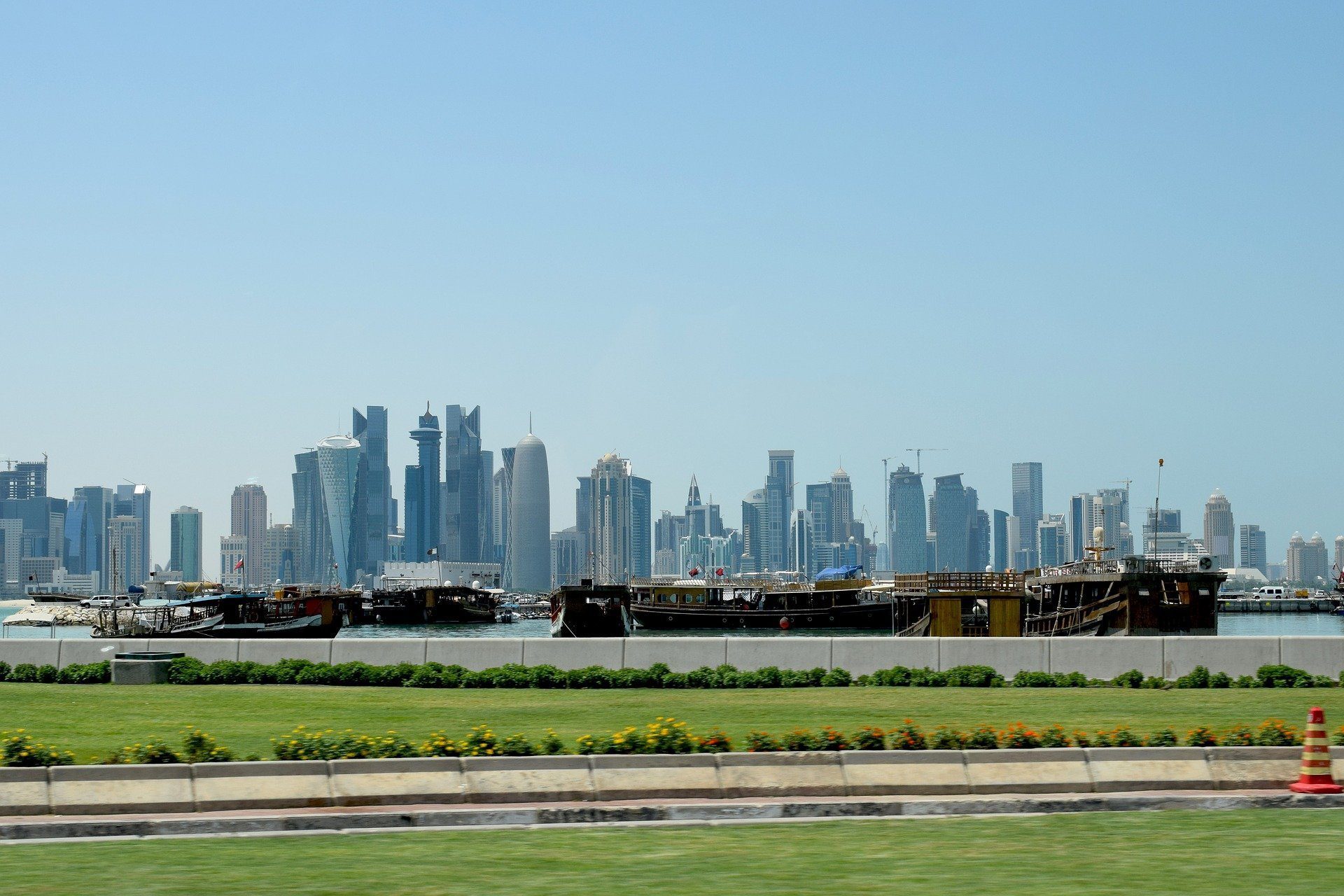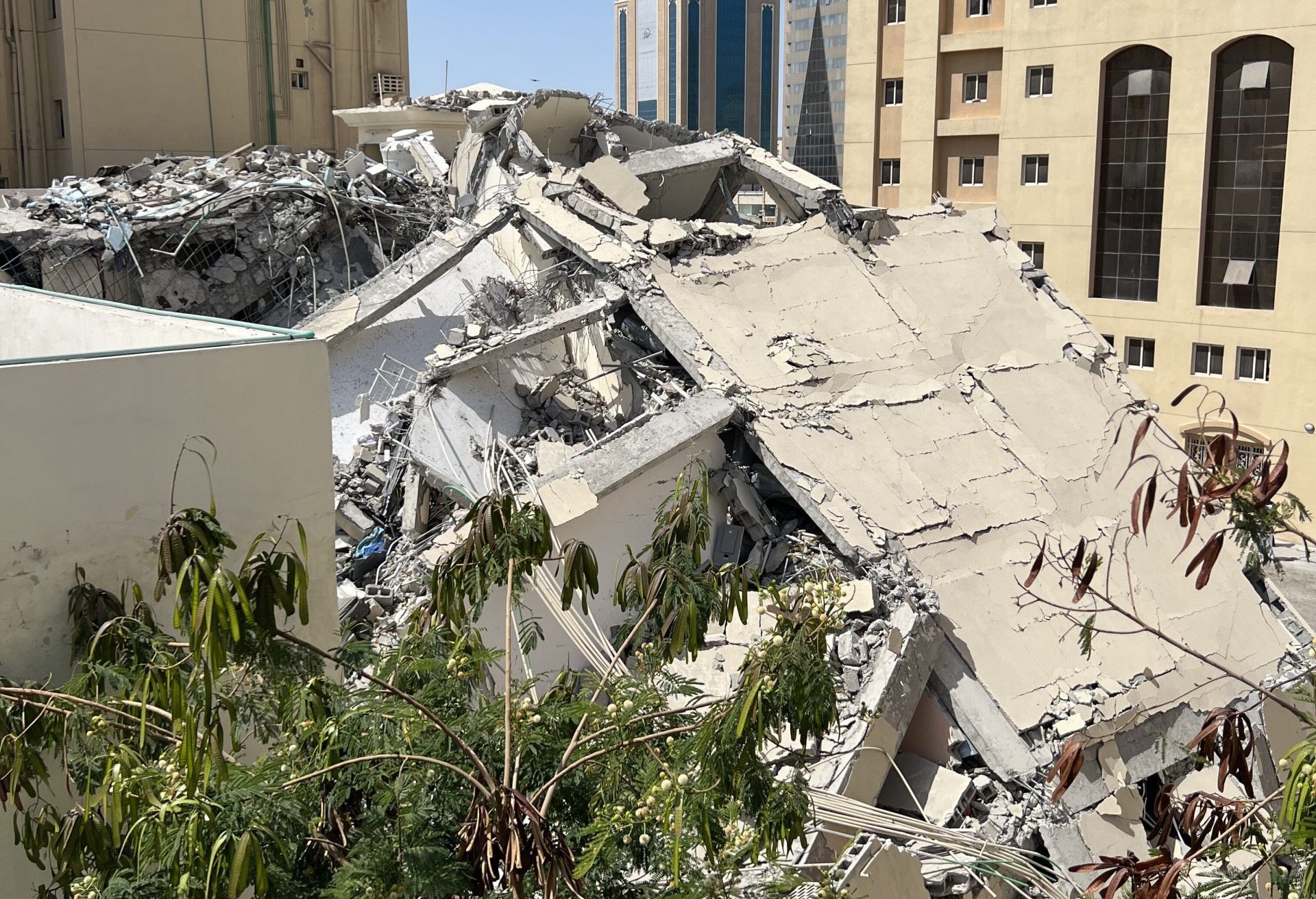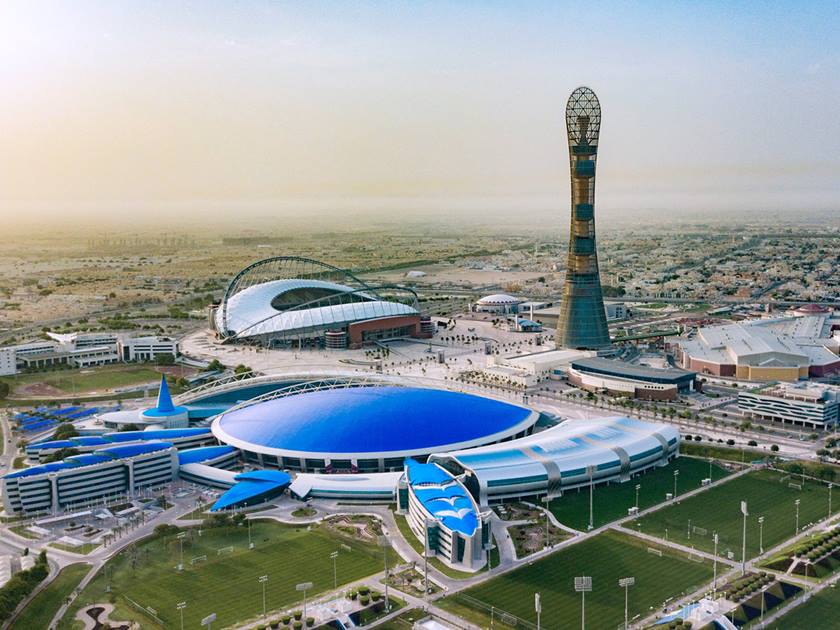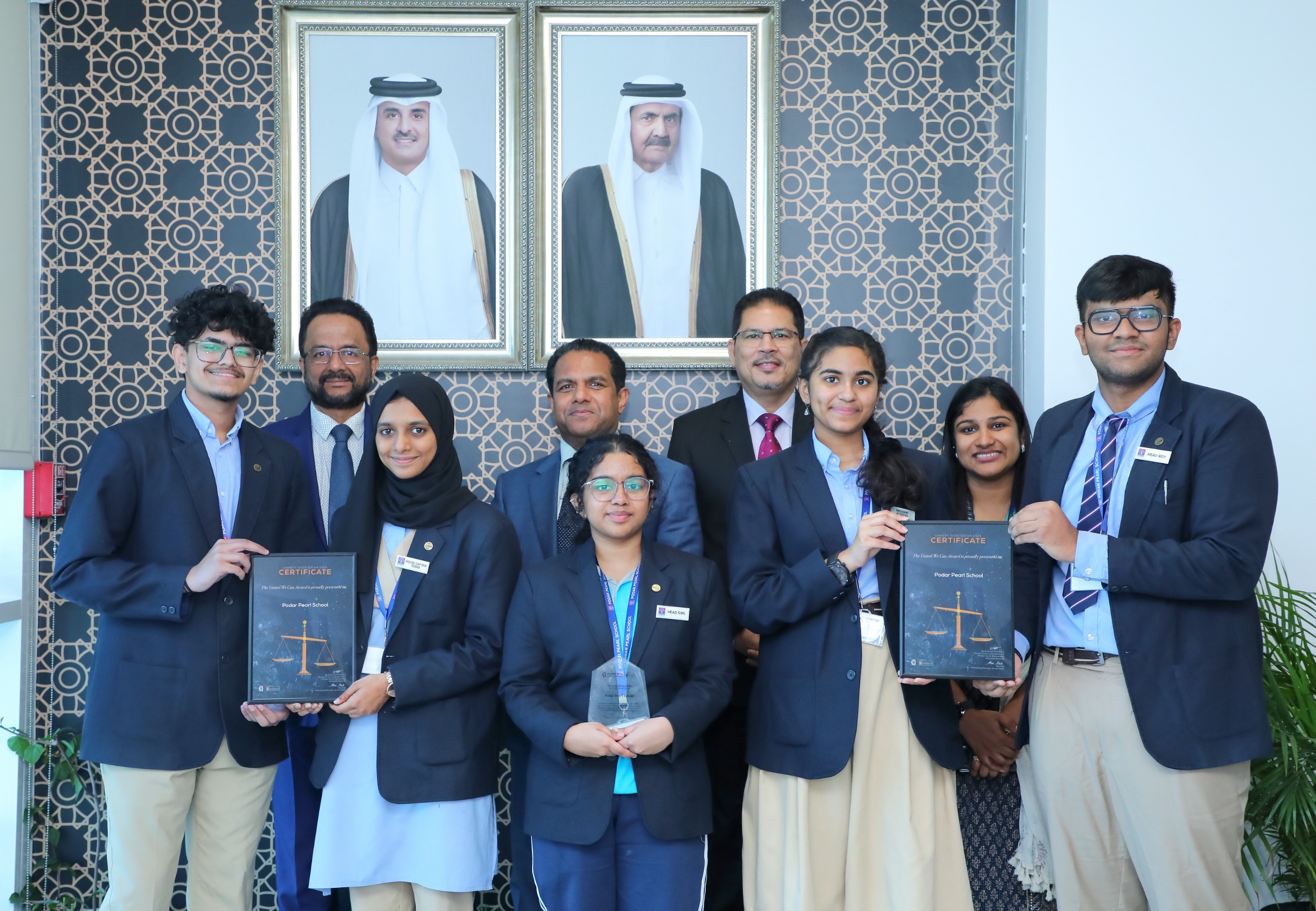Qatar has been named as one of the countries with the highest amount of air pollution, according to the State of Global Air 2020 Report by the Health Effects Institute.
With over 76 micrograms of particulate matter for every cubic metre of air, Qatar has the highest concentration of ambient fine particle air pollution in the Middle East and North Africa region. Egypt was the second highest Arab nation named on the list.
The report was published by HEI, an independent scientific institution based in the US capital of Washington, DC. The institute specialises in research on the health effects of air pollution around the world.
Read also: Five easy ways to become more sustainable in your daily life
The World Health Organization (WHO) sets the average long-term annual exposure to fine particulate matter less than 2.5 micrograms/cbm of air. This average increases in the case of exposure to micro-pollutants up to 10 micrograms, so that the average annual long-term exposure to these particles is 20 micrograms for every cubic metre.
Long-term observations indicate that air quality is still poor in the Arab region due to the widespread use of fossil fuels and the lax application of measures to reduce harmful emissions.
The global lockdown measures, which have also been applied across the Arab region, to confront the novel coronavirus (COVID-19) pandemic, have contributed to reducing the severity of emissions.
Qatar also has the highest ozone exposure in the world, with over 67 parts per billion, while the WHO set a guideline for daily maximum 8-hour exposure to ozone at 50 ppb.
In 2019, air pollution is estimated to have contributed to 6.67 million deaths (95% UI: 5.90 to 7.49 million) worldwide, nearly 12% of the global total.
In 2016, Qatar’s environment ministry dismissed similar concerns by a WHO report, suggesting air pollution levels in the Middle East have “zero” effect on the health of residents.
However, Qatar has in recent years stepped up its efforts to curb carbon emissions as part of its National Vision 2030.
Read more: Supreme Committee launches project to ‘enhance air quality’ around 2022 stadiums
Recently, Qatar’s Supreme Committee teamed up with HBKU’s Qatar Environment and Energy Research Institute (QEERI) to ensure the availability of proper mechanisms to monitor the air quality ahead of the FIFA 2022 World Cup, as part of the mission to deliver a healthy and safe tournament.
Entities in Qatar have also upped their efforts to contribute to a cleaner environment by leaning towards more environmentally friendly initiatives such as installing designated bins, launching carbon offset schemes, and more.
On Monday, Qatar and Singapore signed the first long-term liquefied natural gas (LNG) deal that details pollution levels.
The deal stipulates that each cargo delivered during the 10 year agreement will include a statement of how much greenhouse gas emissions it caused.
Doha News has reached out to the Ministry of Environment for a response on the latest State of Global Air 2020 Report.
Follow Doha News on Twitter, Instagram, Facebook and Youtube







